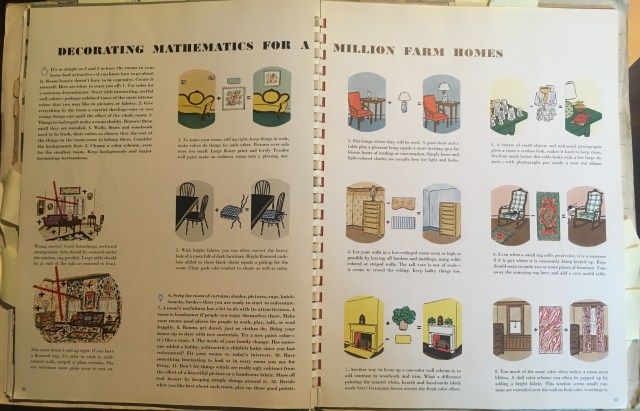Farmhouse Style –
One of the kitchens among those in the book I’m writing for Lost Art Press is in a newly built house on a hilltop in a spectacular rural location. When the clients first contacted me about their kitchen, they described the architectural character of the house as “farmhouse style.” But their architect’s drawings – beautiful artifacts in their own right – launched me into a mini-rant on this widespread misnomer.
![_MG_1863[1]](https://angleruler.top/wp-content/uploads/2023/12/20231212074721-657810096b7e2.jpg)
Google “farmhouse style” and you’ll find thousands of links to furnishings, blog posts and print publications based on misinformation. On the one hand, you’ll find vapid marketing-speak such as the following, in a post billing itself as “The Ultimate Guide to Farmhouse Style”: Farmhouse style is “unpretentious” and “all-American,” according to the author. “Nodding to its homegrown roots, farmhouse style homes have a collected-over-time look, complete with old-school prints, distressed furnishings, and vintage finishes.”[1] The kitchens and other rooms provided in this post by way of illustration are indistinguishable from those of suburban condos across the land, although you may find a throw pillow or dish towel made to evoke associations with old flour sacks, or an old saw with a barn painted on it hanging over a door.
On the more substantive end of the misinformation spectrum you’ll find images of dining rooms with wide-plank floors, exposed beams (whether real or made of high-density polyurethane such as the brand-name product Fypon), vaulted ceilings clad with reclaimed wood and interior walls of exposed brick or stone (again, whether structural or simply a decorative product applied to the surface, which some traditional masons derisively call “lick ‘n’ stick”) as illustrations of farmhouse style. Here, some effort has at least been made to relate to an aesthetic traditionally found on farms. The problem is one of misidentification: The aesthetic is drawn not from the farmhouse, but from the barn.
Historically, farmhouses have simply been houses on farms. They were (and still are) built in the prevailing architectural style of their time and location – a simple 1890s Gothic Revival here, a charming 1920s story-and-a-half bungalow there, a 1915 I-house or a 1950s ranch. These real farmhouses are visible in rural areas across the country. Not having yet had a chance to photograph a few for the book, I’m illustrating this post with examples from a favorite alternative source, a building almanac for farmers published by the United States Gypsum Company in 1946 – clearly in an effort to sell the company’s building products in addition to providing a variety of practical advice. Several years ago, my friend Kim Fisher (my version of Lost Art Press’s Saucy Indexer) came across this gem and sent it to me.

-

“Use color for a common denominator,” advises the 1946 “Business of FARMING Building Almanac: 748 Ideas for Building-Remodeling-Decorating.” (United States Gypsum Co.)
Historically speaking, there is no such thing as “farmhouse style”; it’s a mish-mash of superficial farm-evoking tropes, albeit one that tens of thousands now refer to by that name. In reality, the association of “farmhouse style” with exposed structural elements and a stripped-down, whitewashed aesthetic derives from the culture of barns.
— Nancy Hiller, author of Making Things Work

[1] https://www.wayfair.com/ideas-and-advice/decorate-with-farmhouse-style-S6007.html





